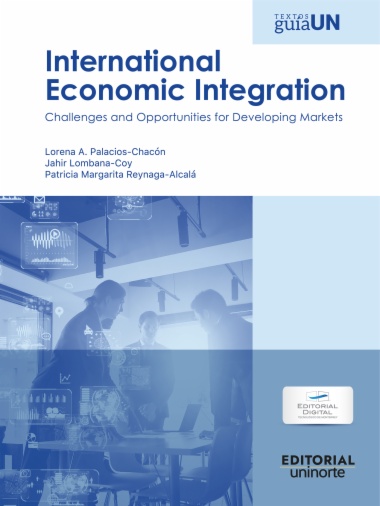While we have become familiar with the idea of "Bollywood" here in the West, we know little about the industry's films beyond a certain celebration of kitsch. Bollywood, the latest in Wallflower Press's Short Cuts introductory series, surveys this style of filmmaking from its origins in colonial times to the present, tracing its impact on both the Indian and global imagination. Chapters explore the history and workings of the industry, the narratives and aesthetics of its films, varieties within the genre, the cultural connotations of specific characters, its larger-than-life stars, and its hybrid and surprising fan cultures. Readings of popular and widely available films illustrate the importance of the cinema's conventions, which range from romantic clichés to a constant negotiation between tradition and modernity.
- Contents
- Acknowledgments
- Introduction: Bollywood - What's All the Song and Dance About?
- 1. History and Industry
- 2. Narrative and Genres
- 3. Characters and Morality
- 4. Settings and Style
- 5. Stars and Audiences
- Conclusion: Bye-Bye Bollywood?
- Filmography
- BIbliography
- Index

